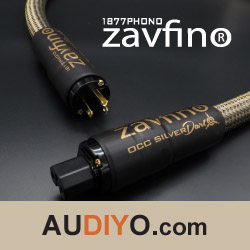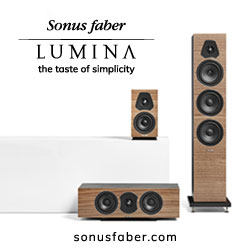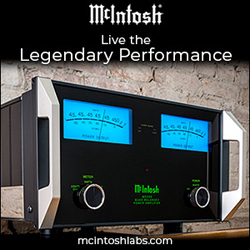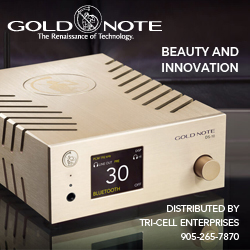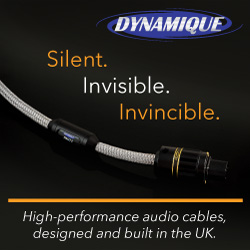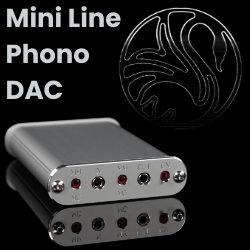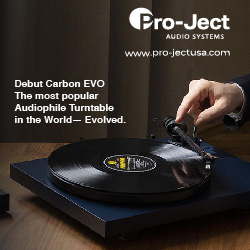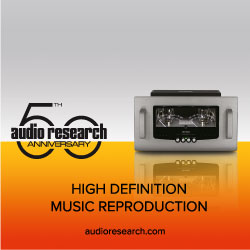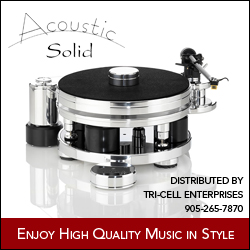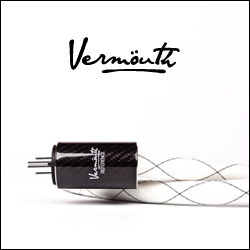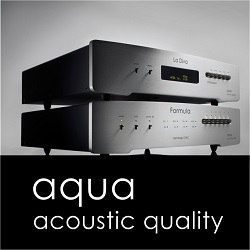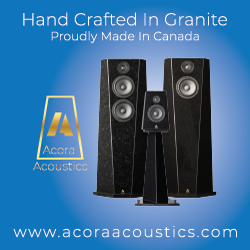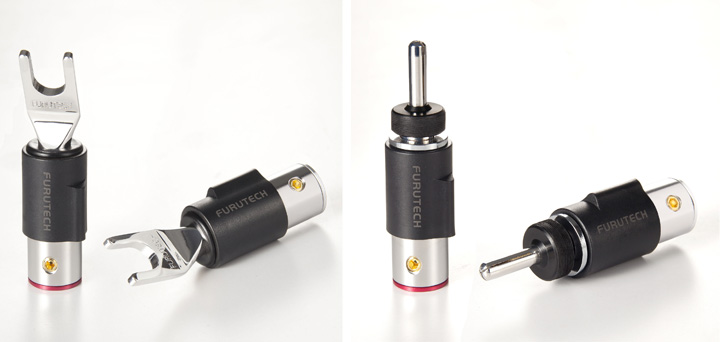
General Sonic Impressions:
Minutes after installing the DSS-4.1 speaker cables into my main 2-channel tube rig, the improvement in sonics was so clear that I could literally hear it in other parts of my home. Audio critics love listening to walk through three-dimensional stereo sound in the same way that a mosquito enjoys sucking blood from a diabetic’s ankle. It’s something we can’t resist. The increase in sound quality was so immediate and dramatic that it forced me to return to my listening room.
The DSS-4.1’s sonic signature is one of warmth, smoothness, and energy. These SCs have an ultra-low noise floor that allows subtle sonic nuances to emerge from an ink black background. Sonic details sounded natural and organic. Much like a mile wide diameter oceanic sinkhole in Belize, the profound depth and transparency of the sound let me dive deep into recordings of all genres of music.
Furutech’s SCs recreated the tone and timbre of instruments with a palpable *feel* that created one of the most vivid, lifelike, and expansive soundstages that I’ve ever heard — at any asking price. This ability to recreate realism from recorded music is what every audiophile longs to hear. Instead of chasing the sonic dragon in a Tokyo taxi during rush hour traffic, I felt like I was finally flying on the fabled beast’s back.
The DSS-4.1 never altered the base sonic characteristics of any of the stereo systems I used to test them. Examples…? My all tube Sonic Frontiers rig has lightning-fast transients, glorious NOS tube warmth, spine chilling timbral accuracy, and toe-tapping PRaT. Furutech’s flagship SCs simply allowed MORE of this sound to come forth.
Comparison Tests:
I compared the DSS-4.1 ($3,050 CAD) to the following speaker cables: A), Cardas’ Golden Cross (2.5m pair- $3,200 USD); B), AudioQuest’s Meteor (2.5m pair- $5,600 USD); C), High Fidelity Cables’ (HFC’s) Ultimate (3.0m pair- $14,000 USD); and D), Stealth’s Dream v16 (3.0m pair- $18,000 USD).
Against Furutech’s beast, the Cardas and AQ cables were veiled, blurred, and sluggish. Their sonics were more tainted than Flint Michigan tap water. The bass registers sounded like a drunken racehorse that’d sucked back a case of organic wheat beer and 16 pickled eggs had blown a toxic, thunderous, and one note fart. Stated succinctly, there was no comparison in sound quality. Across the frequency spectrum, the DSS-4.1 SCs delivered significantly better PRaT, timbral accuracy, and a more lifelike sound than the AQ and Cardas models.
The $18K USD Dream v16 cables were more transparent and had more midrange warmth. HFC’s $14K USD Ultimate speaker cables had faster transients and marginally deeper resolution. Germane to its $3K CAD level price, the resolution, imaging, and dynamics of the DSS-4.1 were all a lot closer than I expected them to be to compared these low five-figure level speaker cables.
Listening Tests:
Recorded in 1961, First Time! The Count Meets the Duke is a statement record within the history of 20th Century jazz. Back in ’61, Duke Ellington and Count Basie brought their two full jazz orchestras together to record side by side. What they captured is a striking example of modern up-tempo jazz.
On First Time!, both orchestras challenge each other to play better. The arrangements in the songs “Battle Royal”, “Take the A-Train”, “Wild Man”, and “Segue in *C*” allowed the stars from both bands to take turns soloing. In 1961, these were (arguably) the two best jazz ensembles on the planet. And my heavens did the DSS-4.1 SCs let the stunning technical dexterity and musical synergy between these two titanic bands to flow through my stereo.
Released in Feb 1975, Rush’s second album Fly By Night is a cornerstone in the foundation of harder rock. Featuring eight sternum-belting tracks that successfully balance memorable melodies with galactic heaviness and an unstoppable groove, Fly By Night showcases the landmark songs “Anthem”, “Best I Can”, “Beneath, Between, and Behind”, and the epic 8:37 length opus “By-Tor and the Snow Dog”.
With the DSS-4.1 SCs in place, the wealth of sonic information captured on Fly By Night sounded as organic and riveting as I’ve ever heard it. From Alex Lifeson’s sybaritic guitar riffs and screaming lead solos to Geddy Lee’s granite solid bass lines and high-pitched falsetto shrieks, the cohesiveness of sound presented by the DSS-4.1s was reference calibre. Neil Peart’s bombastic drumming and percussion work was an utter delight to hear too.
Resolution, transparency, and insight into the timbre of individual instruments were all very close to being state-of-the-art. In particular, the warmth and cohesiveness of the sonics on the album’s last track “In The End” gave me goosebumps. Through the DSS-4.1 SCs, Lifeson’s slow, brooding, and percussive guitar chords breathed with passion and feeling.
Conclusion:
If you’d like to hear your stereo sound its best, Furutech’s new DSS-4.1 speaker cables will bring you much closer to reference calibre sound at a fraction of the price of other companies’ flagship cables. The stellar sonics of these SCs make many higher priced audiophile cables sound — and even smell — worse than the Tokyo Tsukji open-air fish market during a summer hot spell.
Ten years ago, the DSS-4.1 could not have existed. The technology to manufacture this cable at such a low price just didn’t exist. Furutech and MMI have unleashed a monster speaker cable that competes with other reference SCs priced in the low five-figure range. Accordingly, the $3,050 CAD level DSS-4.1 should be nominated for NOVO’s product of the year.
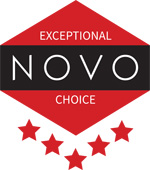
Furutech
www.furutech.com
Distributed in Canada by AuDIYo Inc.
www.audiyo.com
(905) 881-9555
Furutech DSS-4.1 Speaker Cable
Price: $3,050 CAD


